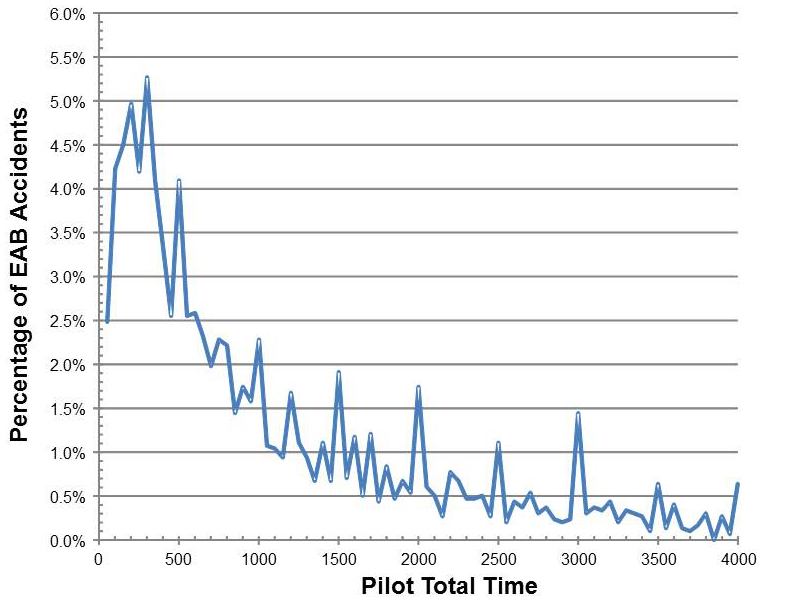Frank, what I mean is that a restriction on a new Sport Pilot would be for 25 more hours before they could carry a passenger. Now a CFI or a licensed private pilot would not be a restricted passenger because they are qualified to fly the plane themselves, its just the same as dual for the sport pilot. But the sport pilot can't take a non pilot until they have the extra 25 hours. This is same as a new teenage driver, he can drive solo or with his licensed parent, but for 6 months he cant take another non licensed student.
A private pilot has done more training and passed a more extensive written and flight test than a sport pilot. Therefore a 25 hour, or some similar limit on the sport pilot makes more sense. The average person passing a private test may have over 60 hours, though I think that is high. If it would meaningfully add to safety to put a similar restriction on new private pilots it might be ok, but I think lees needed than a sport pilot. I don't know if sport pilots do the 3 cross country flights that private students do, if not then jumping into such flights with passengers is a big step. I don't think sport pilots do any instrument flight , nor night flight so once again less preparation for taking a passenger on trips. A sport pilot may be able to fly a Champ around the local area about as well as a private pilot but going to Sun N Fun is more involved.



 Reply With Quote
Reply With Quote




